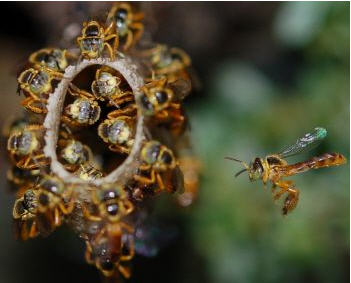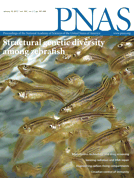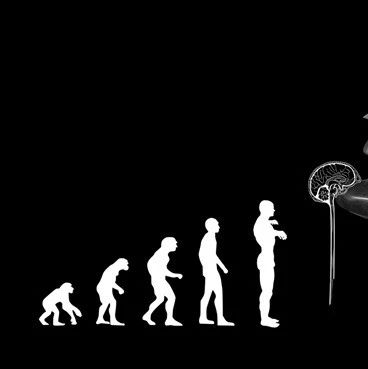
许多社会性动物都有专门的“战士”,比如蚁群中就有专司保卫蚁巢的兵蚁,但同为社会性动物的蜜蜂却一直没有被发现有此类分工,英国研究人员最新报告说首次发现蜂群中也有这样的“兵蜂”战士。
英国萨赛克斯大学研究人员报告说,和巴西同行在研究巴西当地的一种名为“雅塔伊”的蜂类时发现了“兵蜂”的存在。据介绍,通常一个蜂巢中是由工蜂担任“兼职”保卫工作,比如有些工蜂会轮流在蜂巢门口站一天岗,然后又重新回到采蜜的岗位上。
但本次研究发现,在“雅塔伊”蜂巢门口站岗的蜜蜂可以一次“值班”3个星期,不怎么干别的工作。进一步分析显示,这些蜜蜂的体型也与普通工蜂不同,头脑更小,但腿更长,整个躯体也更大,平均来说体重比普通工蜂要高30%。这些证据说明,它们已经是专门分化出的“兵蜂”。
研究人员还对它们进行了战斗测试。“雅塔伊”蜂的天敌是一种体型比它们大很多、自己不采蜜、专以掠夺其他蜂巢为生的蜂类。专门的“兵蜂”在面对天敌时,表现出了比普通工蜂更强的战斗能力,虽然在一对一时由于体型差距最终不敌,但也能有效阻挠对手的行动。
研究人员说,这项发现对于研究社会性昆虫的进化非常有意义,因为之前在蚂蚁等社会性昆虫中都发现有专门的士兵,而在蜜蜂之中还是头一次发现这种现象。
本次研究报告已经发表在最新一期美国《国家科学院学报》上。

 A morphologically specialized soldier caste improves colony defense in a neotropical eusocial bee
A morphologically specialized soldier caste improves colony defense in a neotropical eusocial bee
Christoph Grüter, Cristiano Menezes, Vera L. Imperatriz-Fonseca, and Francis L. W. Ratnieks
Division of labor among workers is common in insect societies and is thought to be important in their ecological success. In most species, division of labor is based on age (temporal castes), but workers in some ants and termites show morphological specialization for particular tasks (physical castes). Large-headed soldier ants and termites are well-known examples of this specialization. However, until now there has been no equivalent example of physical worker subcastes in social bees or wasps. Here we provide evidence for a physical soldier subcaste in a bee. In the neotropical stingless bee Tetragonisca angustula, nest defense is performed by two groups of guards, one hovering near the nest entrance and the other standing on the wax entrance tube. We show that both types of guards are 30% heavier than foragers and of different shape; foragers have relatively larger heads, whereas guards have larger legs. Low variation within each subcaste results in negligible size overlap between guards and foragers, further indicating that they are distinct physical castes. In addition, workers that remove garbage from the nest are of intermediate size, suggesting that they might represent another unrecognized caste. Guards or soldiers are reared in low but sufficient numbers (1–2% of emerging workers), considering that <1% usually perform this task. When challenged by the obligate robber bee Lestrimelitta limao, an important natural enemy, larger workers were able to fight for longer before being defeated by the much larger robber. This discovery opens up opportunities for the comparative study of physical castes in social insects, including the question of why soldiers appear to be so much rarer in bees than in ants or termites.







